Physical Address
304 North Cardinal St.
Dorchester Center, MA 02124
Physical Address
304 North Cardinal St.
Dorchester Center, MA 02124
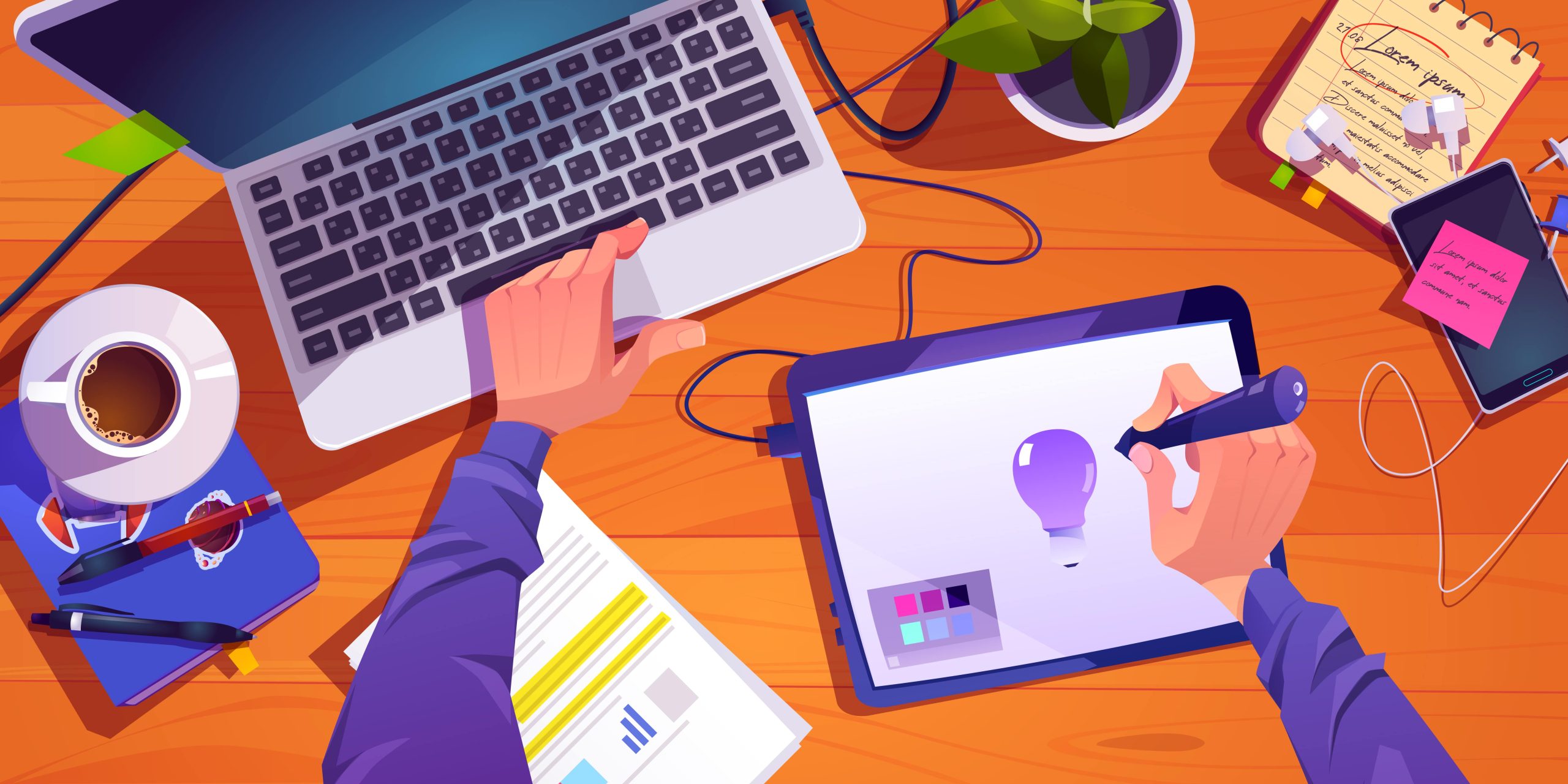
You’ve spent years honing your craft, learning the principles of color and layout, how to use all the tools in Creative Cloud, and what makes an effective visual communication. Now you’re ready to start your graphic design career, but how do you break into such a competitive field? The good news is there are many graphic design entry level jobs that allow you to get real world experience.
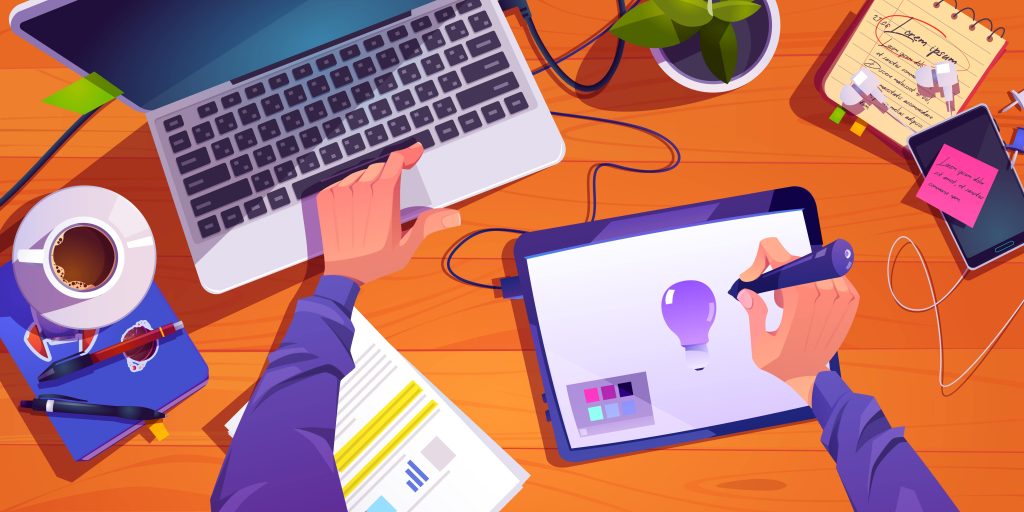
In this article, we’ll explore eight roles perfect for launching your graphic design career. These jobs provide a chance to build your portfolio, learn from more experienced designers, and gain valuable on-the-job experience. While the pay may not be the highest at first, putting in your time in these junior positions will set you up for career growth and higher pay down the road.
With the right opportunity, you can go from learning the basics of graphic design to thriving in a creative career. Let’s take a look at how to land your first graphic design job and the types of entry-level roles that will help kickstart your new career.
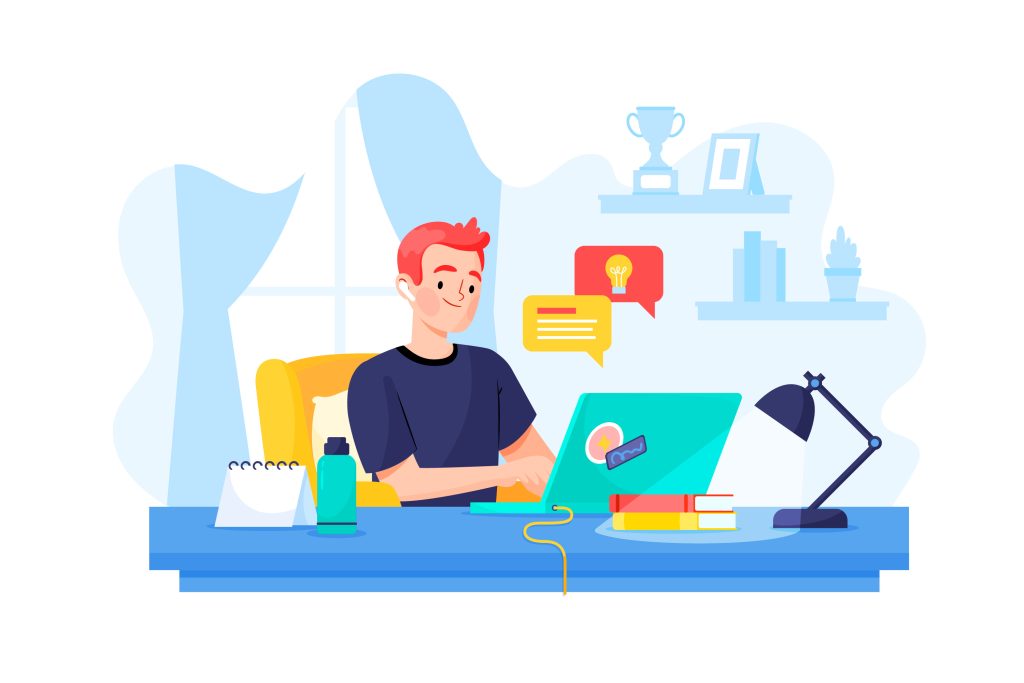
Graphic design is all around us, from the apps we use to the packaging we buy. Graphic designers create visual concepts that inspire, inform, and captivate consumers. They work with images, text, colors, illustrations, photography, and layout to communicate messages in an esthetic way.
. Graphic designers develop graphics and visuals for websites, mobile apps, print materials like magazines, outdoor advertising, product packaging, and more. Their job is to make content eye-catching and impactful.
. Common tasks include determining how best to represent a message visually, creating mockups and prototypes, selecting images, fonts, and layouts, and ensuring brand consistency across different media types.
. Many graphic designers specialize in areas like user experience design, user interface design, marketing and advertising, publication design, or packaging. But in general, the role requires creativity, communication skills, and proficiency with design software.
To become a graphic designer, you typically need a bachelor’s degree in graphic design, visual communications, or a related field. Coursework usually covers design fundamentals like typography, web design, and user experience design. Many programs also incorporate internships and portfolio development.
Graphic design jobs are in high demand and the career outlook is positive. Entry-level positions like junior graphic designer, visual designer, and web designer are great ways to start. With experience, you can advance to senior graphic designer, art director, or creative director roles. The work is challenging but rewarding. If you have an eye for esthetics and a desire to inspire through visual storytelling, graphic design could be an ideal career path worth exploring.

To land an entry-level graphic design job, you’ll need to develop some key skills.
With practice and persistence, you can develop all the skills needed for a Graphic Design entry level role. Keep creating, stay up-to-date with trends, and don’t be afraid to take on freelance work to gain valuable experience. Your dream job as a graphic designer is within reach if you work to strengthen your skills and build an impressive portfolio.
Once you’ve learned the basics of graphic design, it’s time to start applying for jobs to gain valuable experience. Here are five entry-level roles that are ideal for launching your graphic design career:
Graphic Designer
As a junior graphic designer, you’ll work under the guidance of senior designers to help with various design projects like creating logos, digital ads, print materials, and marketing assets. Typical duties involve assisting with concept development, preparing draft designs, gathering feedback, and revising designs. This role provides a great opportunity to strengthen your skills and build up your portfolio.
Production Designer
If you’re detail-oriented, a production designer position could be a good fit. Production designers implement the visual designs created by graphic designers. Main responsibilities include preparing files for printing, ensuring brand consistency, troubleshooting any issues, and managing the production process. This hands-on job will teach you useful technical and time- management skills.
Web Designer
As an entry-level web designer, you’ll be involved in creating and maintaining the visual designs of websites. Tasks include developing webpage layouts and user interfaces, selecting fonts and images, ensuring web accessibility, and optimizing webpages for mobile devices. This role is ideal if you want to focus on interactive and digital design work.
Design Assistant
As a design assistant, you’ll provide general support to graphic designers and creative teams. Typical duties include conducting research, organizing image libraries, maintaining design archives, preparing presentations, coordinating with clients, and handling administrative tasks. This broad role exposes you to various aspects of the design process and workflows. It can serve as a stepping stone to more advanced design positions.
Marketing Designer
Marketing designers, also known as visual designers, create graphics and visual content for marketing campaigns and materials. Entry-level tasks include designing digital ads, social media graphics, infographics, newsletters, flyers, and other promotional pieces. This fast-paced job allows you to apply your design skills for real marketing and business objectives. It offers opportunities to boost your creativity and build a strong portfolio of marketing designs.
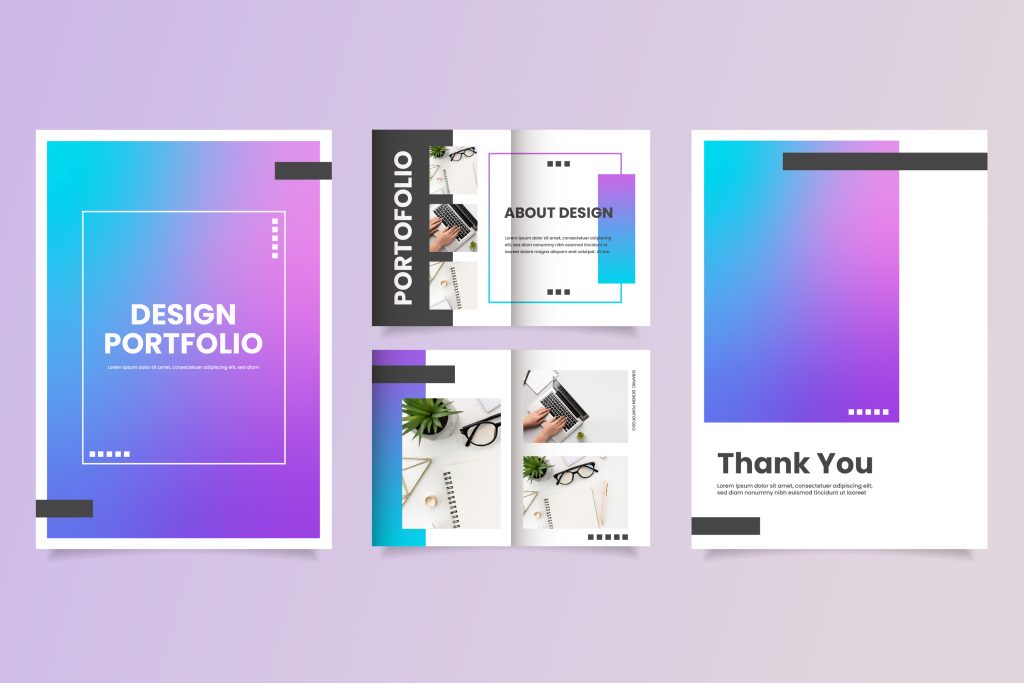
As a beginner graphic designer, building a strong portfolio of your work is key to landing your first job. Your portfolio shows potential employers your skills, style, and experience. Here are some tips for creating a graphic design portfolio from scratch:
Carefully curate 3 to 5 of your best and most relevant design projects to feature in your portfolio. Provide an overview of the project brief, your role, and the final results. Discuss your design process and key decisions to demonstrate your thinking.
Include examples of different types of work like print design, digital design, branding, and more. This shows your versatility and range as a designer. However, don’t include anything too outdated. Most work in your portfolio should be less than 2 to 3 years old.
Be sure to tag or categorize your work by the skills and tools used like Photoshop, Illustrator, InDesign, typography, layout, etc. This makes it easy for employers to see what you’re capable of at a glance. You can also include a separate ‘Skills’ page on your website portfolio.
A graphic design portfolio should be highly visual. Include high quality images of your designs as well as snippets or screenshots to give the full experience of your work. Keep text descriptions concise but insightful. The visuals should speak for themselves.
Ask other designers or mentors to review your portfolio and provide constructive criticism. Get input on your selected projects, descriptions, layout, and more. Make any necessary
improvements before starting your job search. Their feedback can help take your portfolio to the next level.
Building a graphic design portfolio may feel daunting as a beginner but by focusing on your best, most relevant work, showcasing your skills, and getting valuable feedback, you can create a portfolio that helps launch your graphic design career. Keep improving your portfolio over time as you gain more experience and complete new projects.
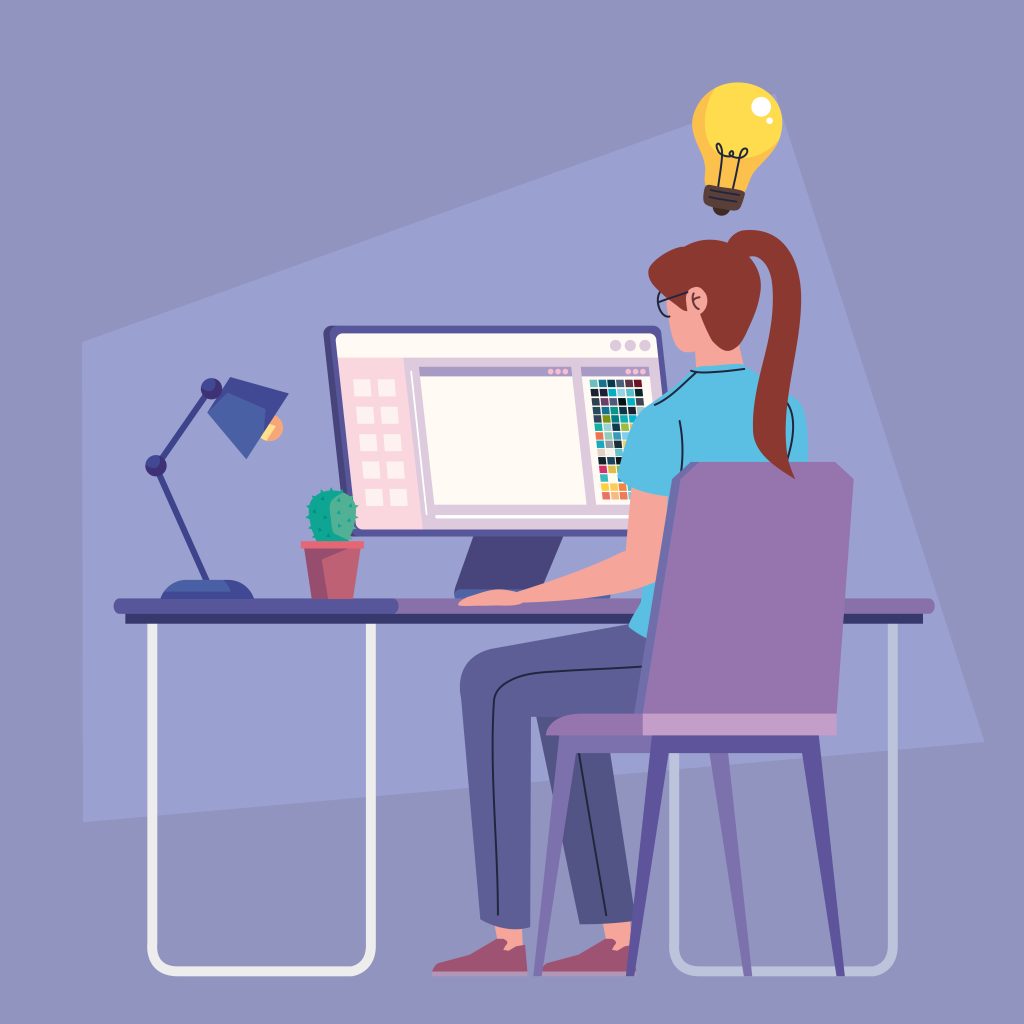
Networking is one of the most effective ways to find new job opportunities in graphic design. Putting yourself out there and connecting with others in the industry can lead to new freelance gigs, full-time job offers, mentorships, collaborations, and more.
Create profiles on websites like LinkedIn, Behance, Dribbble, and Instagram to showcase your work and connect with others. Build a simple website to highlight your skills, experience, and design portfolio. An online presence allows you to be found by potential employers and clients.
Look for graphic design events in your area like Meetups, conferences, workshops, and networking mixers. Introduce yourself to others, ask questions, offer to exchange business cards, and follow up with people you connect with. You never know where new opportunities may lead.
Contact designers you admire and ask if they’d be willing to do an informational interview. Come prepared with questions about their work and career path. While they may not have a job opening currently, they could connect you with others who do or keep you in mind for future opportunities.
Websites like Indeed, Monster, and Craigslist frequently post new graphic design jobs. Set up alerts for jobs in your area at your desired experience level. Apply as soon as possible for the best chance at consideration.
Take on temporary design work or freelance jobs to gain more experience. Build your portfolio and network while earning an income. Temporary roles can sometimes turn into permanent positions, or lead to new freelance clients. Get out there, work hard, and see where it leads! The job market is competitive, but by putting in the necessary effort to network and search for opportunities, you’ll increase your chances of landing an entry-level role in graphic design. Stay determined and don’t get discouraged. With time and persistence, you’ll find the right opportunity to get your foot in the door.
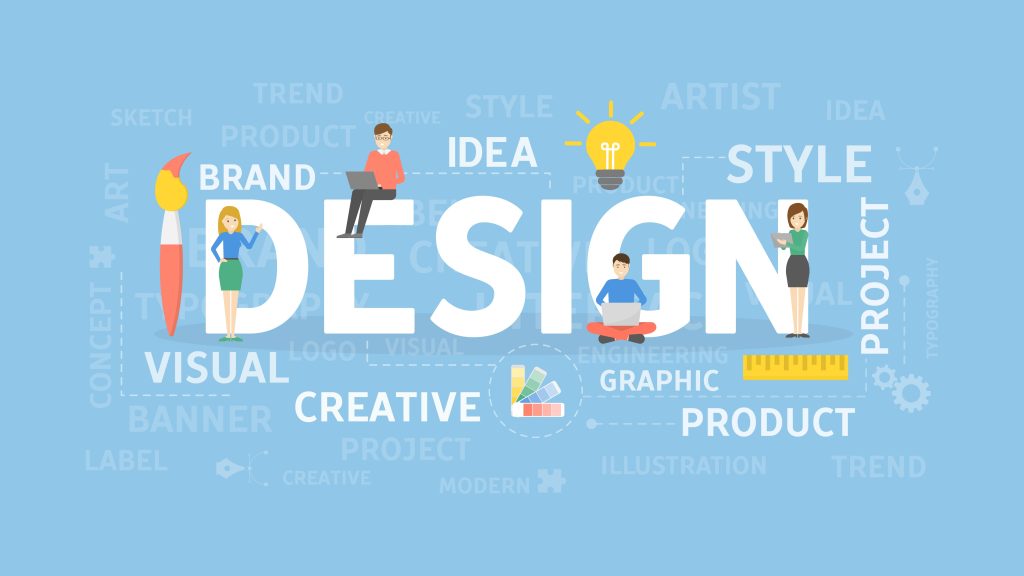
You now have a solid list of Graphic Design entry level jobs that can help you break into this exciting field. The opportunities are out there if you have the skills and persistence to land an interview.
Polish up your portfolio, start networking, and don’t get discouraged if it takes a while to find the right fit. With hard work and patience, you’ll get your foot in the door at an agency or company that values your talent and passion for design.
Before you know it, you’ll have gained enough experience to move up to more senior roles. The key is just getting started. Now get out there and start applying – your dream job in graphic design is waiting for you!